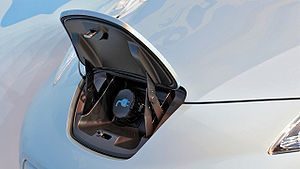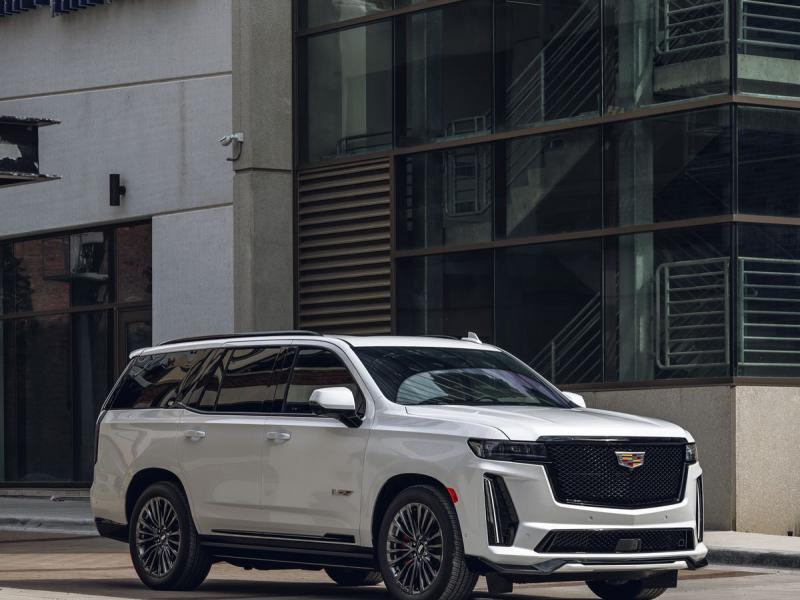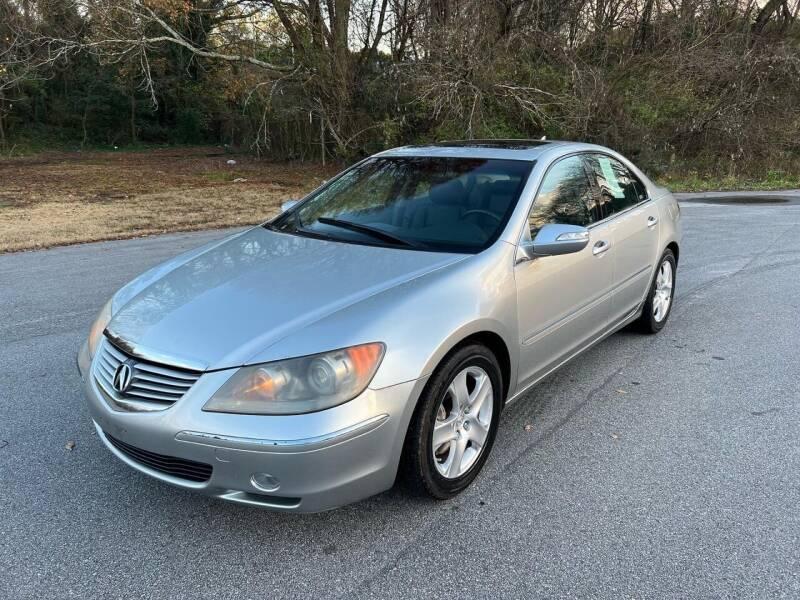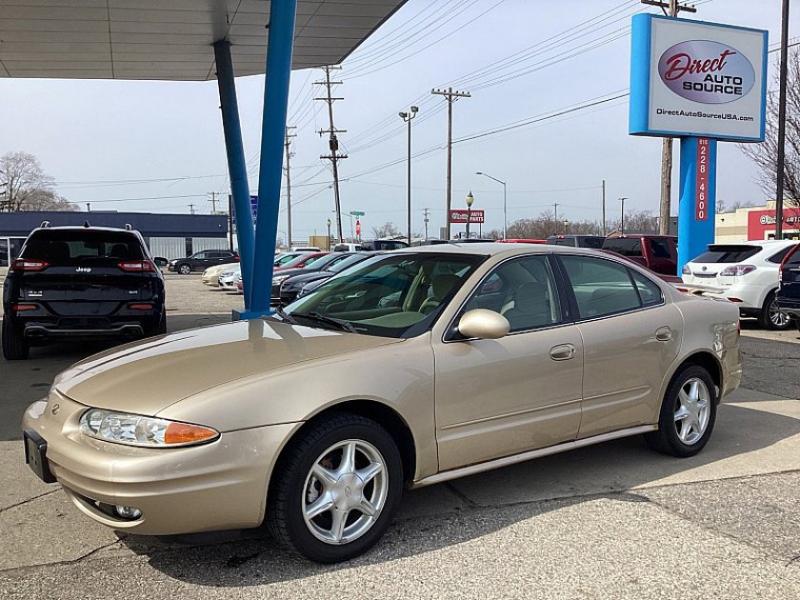Nissan busts myths about its all-electric LEAF
 On Monday, Nissan hosted a luncheon for members of the Washington Automotive Press Association to share what the automaker has learned from the past 11 months of sales of its LEAF electric vehicle and to discuss future plans for the car.
On Monday, Nissan hosted a luncheon for members of the Washington Automotive Press Association to share what the automaker has learned from the past 11 months of sales of its LEAF electric vehicle and to discuss future plans for the car.
Brendan Jones, who has served as Director of LEAF Marketing and Sales Strategy for the past two years – and has been with Nissan a total of 18 years – spoke to a full room about the common misconceptions people have about all-electric vehicles, in particular, the brand’s own EV, the LEAF.
Among the Nissan LEAF fallacies, here are a few of note:
The LEAF is not for mass market. “Wrong!” said Jones. It’s already been through 100,000 test drives – and that’s not counting dealership spins. Nissan has sold 8,000 LEAFs (yes, that’s the correct plural for it) in seven markets in the U.S. this year, with plans to extend into Southeastern markets and beyond in 2012.
LEAF drivers are all the same (read, hippies). Jones told us that there’s an interesting cross-section of LEAF drivers. Some are big on being green, but others love the technology that’s behind it all. And, of course, there are others who just didn’t want to have to go to the gas station to fill up.
It’s not a good “first” car. Many consumers have been surprised at how much they drive it Jones explained, even citing a few marital quarrels over who gets to take the LEAF.
Charging the LEAF is too difficult. Here’s the truth about charging from a basically empty battery: On 110V, charging time is 18 hours. That’s kind of the last resort as far as charging goes. On an L2 charger (wall mount), it’s 8 hours. But if you’re fortunate to have the DCFC charger (that means it’s direct current), then you can get a full charge in less than 30 minutes. That’s the part where you “oooooh” and “aaaaah.”
One of the main challenges that Nissan continues to face is reaching consumers in urban housing areas. If you live in a metropolitan area like I do, then you can’t just plunk down a car charging station wherever you like.
Jones said that Nissan is working with garages and residential buildings in metro areas to help lessen the difficulty for city-dwellers, for whom a car like the LEAF is seemingly perfect. (Yet, they have the least access to keeping it juiced up.) He also mentioned that some of the green infrastructure proponents are championing initiatives at the local level.
Other questions that were brought up at the luncheon that could spark some interesting commentary here were: “What if gas goes back to being less than $3.00?” “If the next President removed the $7,500 tax credit, how would it impact EV sales?” “Just how cold is too cold for the Nissan LEAF?”
Feel free to discuss among yourselves below.
Related articles




